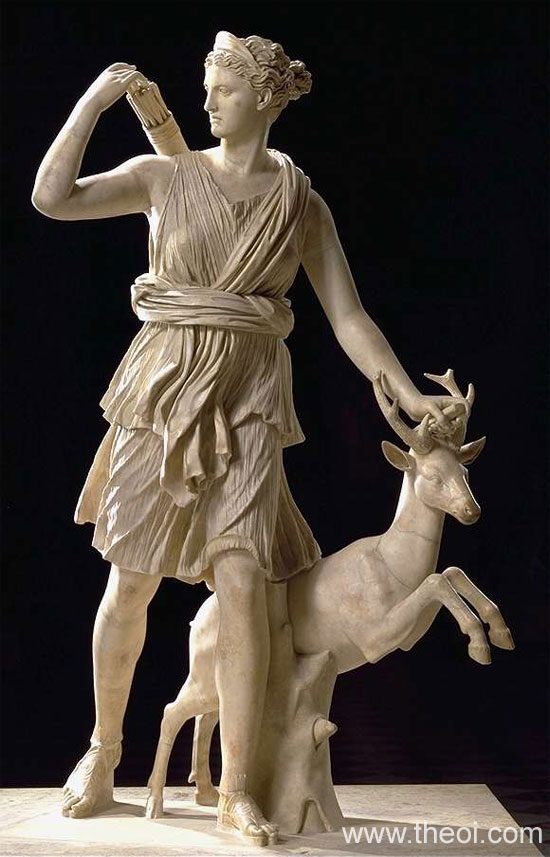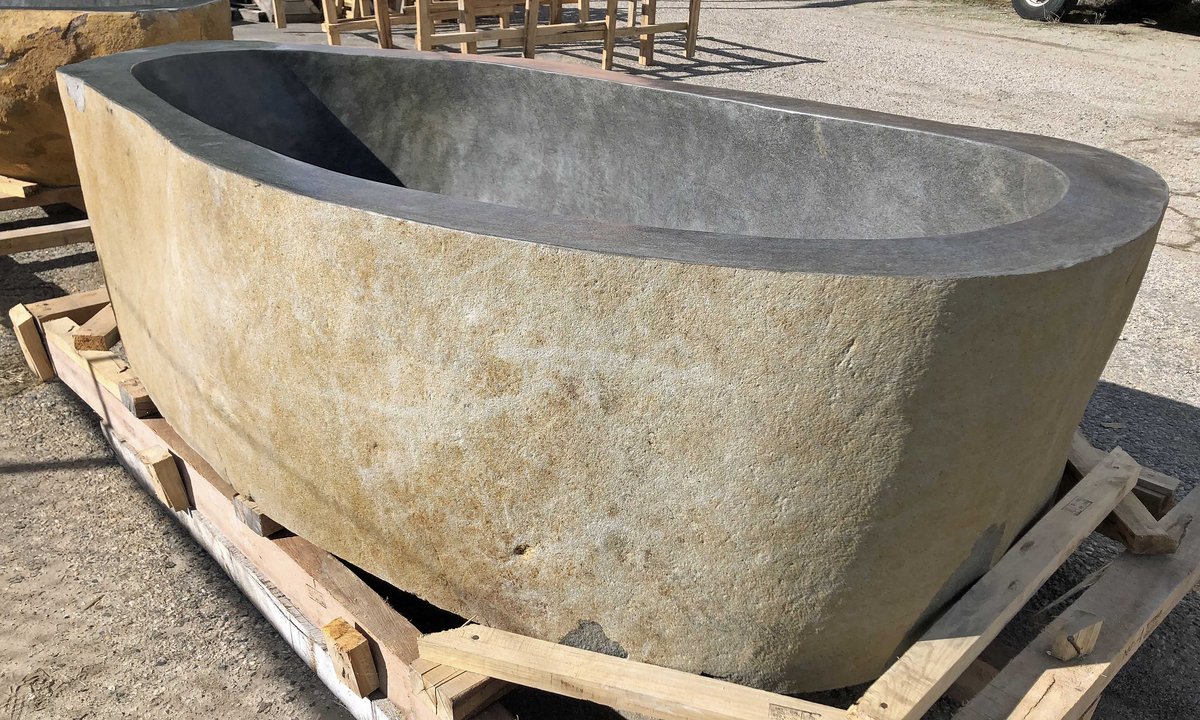Majestic Marble Statue: Exploring Greek God Symbols in Divine Emblems
In the heart of a grand gallery, bathed in the soft glow of carefully positioned lights, stands a majestic marble statue that captures the imagination of all who behold it. This exquisite work of art is not merely a representation of beauty and craftsmanship; it's a portal to a world where ancient Greek gods come to life through their symbols woven into divine emblems.
The Artistry of Greek God Symbols in Majestic Marble Statues
The artistry of Greek god symbols in majestic marble statues is a journey into the intersection of divine symbolism and masterful craftsmanship. Each marble statue encapsulates the embodiment of a deity's attributes and stories through intricate carving and attention to detail. The choice of marble as the medium enhances the divine aura of these statues, with its luminous surface reflecting light and captivating viewers. For instance, statues like Zeus's thunderbolt and Athena's owl aren't just static representations; they are living embodiments of power and wisdom. The artists' hands translated the ethereal realm of the gods into tangible forms, inviting us to explore the complexities of ancient Greek religious beliefs and artistic finesse.
Divine Symbolism Carved in StoneThe marble statues you're admiring are a testament to the unparalleled craftsmanship of ancient artisans. Every curve, every contour of the statues, carries the weight of the divine symbols they bear. These symbols, intricately carved into the marble, encapsulate the essence of Greek gods in divine emblems. Imagine running your fingers over the delicate details of a statue depicting Hermes with his caduceus or Apollo with his lyre. These symbols were meticulously chosen to capture the attributes and stories of these gods, offering viewers a glimpse into the mythic narratives that shaped ancient Greek culture.
-
Zeus's Thunderbolt
Imagine Zeus in towering marble, holding a thunderbolt – symbol of his lightning power. Carved intricacies electrify the symbol, capturing his dominion over heavens beyond mere likeness.

-
Athena's Owl
Imagine Athena marble statue, an owl by her side. Each feather on the owl's wings is meticulously rendered, a symbol of Athena's wisdom and perception. Beyond companion, it embodies her insight, adding depth to the statue's portrayal of her complexity.

The choice of marble as the medium for these statues wasn't arbitrary. Marble, with its luminous surface and timeless durability, was akin to a canvas of immortality. The cool touch of marble under your hand evokes a sense of awe and reverence. It was the perfect material to bring to life the Greek god symbols in divine emblems. As you study the statues, notice how the marble seems to amplify the divine aura of these symbols. The gleaming surface reflects the light, almost as if the gods themselves are casting a watchful eye upon the viewers.
-
Aphrodite's Shell
Envision a marble sculpture of Aphrodite, the goddess of love and beauty, emerging from a delicate seashell. The choice of marble allows the sculptor to capture the ethereal grace of Aphrodite's form as if she is emerging from the sea foam. The luminosity of the marble emphasizes her divine beauty, rendering the sculpture almost otherworldly. The marble itself becomes an embodiment of timelessness, preserving Aphrodite's allure for generations.

-
Hermes's Caduceus
Visualize a marble Hermes holding the caduceus, its serpents and staff intricately carved. The elegance of the marble contrasts with the symbol's complexity, creating an enchanting representation of the messenger god.

Divine Emblems: Unveiling Hidden Meanings of Greek God Symbols
Delving into divine emblems allows us to uncover the layers of meaning encoded within Greek god symbols. These symbols are not superficial decorations; they are repositories of intricate narratives and attributes. The trident of Poseidon speaks of his dominion over the seas, while Demeter's sheaf of wheat signifies abundance and growth. Yet, these symbols hold even deeper connotations. The symbols serve as mnemonic devices, allowing audiences to remember the stories and characteristics associated with each deity. The owl perched beside Athena isn't just a representation of wisdom; it carries the legacy of her guardianship over Athens. These symbols transcend their visual representations, inviting us to explore the profound teachings and values embedded in ancient Greek culture.
Symbols of Power and IdentityEach symbol adorning these marble statues serves as a window into the attributes and roles of the Greek gods. Take, for example, the trident of Poseidon, god of the sea. This three-pronged symbol was more than just a decorative element; it represented his dominion over the vast waters. Similarly, Athena's owl embodied her wisdom and watchfulness. These symbols weren't just passive embellishments; they were active conduits of communication, instantly conveying the essence of each god's character and power to anyone who beheld them.
-
Poseidon's Trident
See a marble Poseidon with trident, his dominion over land, sky, and sea etched into its prongs. Beyond accessory, the symbol speaks of Poseidon's might, the statue an embodiment of his commanding authority.

-
Demeter's Sheaf of Wheat
See a marble Demeter, goddess of harvest, holding wheat. The symbol embodies life's cycle and growth she oversees. Marble's detail reveals her nurturing role, making the statue a depiction of Demeter's abundance and nourishment.

Upon closer inspection, you'll find that the symbols on these statues often carry layers of meaning that extend beyond their surface appearances. For instance, the laurel wreath worn by Apollo might seem like a simple decorative element, but it also represents victory and poetic inspiration. Delving into the myths and stories associated with these symbols reveals a tapestry of interpretations. These symbols served as mnemonic devices, helping ancient audiences recall the intricate stories of gods and heroes, fostering a deeper connection to their cultural heritage.
-
Hera's Peacock
Imagine a marble Hera with a peacock, its beauty holding ancient layers of symbolism. In Greece, the peacock symbolizes immortality and regal grace, embodying Hera's authority and her role as a guardian of marriage. The marble statue captures these interpretations on its sculpted canvas.

-
Artemis's Bow and Arrow
In a marble sculpture, Artemis, goddess of the hunt, stands with bow and arrow, her strength and autonomy etched in stone. Beyond her hunting prowess, the sculpture beckons viewers to ponder the rich narratives woven into her symbol, revealing layers of her divine identity.

The Role of Greek God Symbols in Religious and Cultural Contexts
The role of Greek god symbols in religious and cultural contexts is a tapestry woven with threads of spirituality and identity. These symbols acted as bridges, connecting mortals with the divine through visual language. Adorning temples and sanctuaries, they facilitated worship and devotion, conveying messages of protection and guidance. Beyond religious spheres, these symbols permeated daily life, adorning coins, pottery, and architecture. The very presence of these symbols created a shared cultural identity, fostering unity and shaping the ethos of ancient Greek society. They were not just symbols; they were conduits for people to forge connections with their gods and with each other, creating a rich tapestry of meaning and belief.
Bridges Between Mortals and the DivineStep back in time and imagine standing before these marble statues in an ancient Greek temple. The Greek god symbols in divine emblems weren't just art for art's sake; they served as bridges between mortals and the divine realm. These statues weren't merely representations; they were vessels of connection. As worshippers gazed upon these symbols, they believed they were communing with the gods themselves. The marble statues, with their divine symbols, facilitated a sense of transcendence, creating a profound link between the earthly and the divine.
-
Dionysus and the Grapevine
In a marble sculpture, Dionysus, god of wine, entwines with a grapevine, embodying the cycle of life and the transformation of grapes into wine. This statue not only celebrates earthly pleasures but also evokes the divine connections forged through communal revelry.

In the tapestry of ancient Greek society, these symbols were threads that wove together the fabric of culture and identity. As you stand before these statues, consider the impact they had beyond the religious sphere. These symbols were more than markers of faith; they were cultural touchstones. From pottery adorned with divine emblems to architectural elements in public spaces, the Greek god symbols permeated daily life. They helped define Greek identity, shaping a collective consciousness that celebrated wisdom, strength, beauty, and more.
-
Architectural Embellishments in Public Spaces
In an ancient Greek agora, amid stalls and conversations, gods' statues with symbols adorned architecture. Beyond decor, they embodied gods' watchful gaze, fostering unity and reverence through marble's shared cultural identity

Evolution of Greek God Symbols: From Myth to Marble
The evolution of Greek god symbols from myth to marble is a journey through time and interpretation. These symbols began as stories, myths that conveyed the essence of gods and heroes. Over generations, they transitioned from oral tradition to tangible representations, becoming marble statues that embody the evolving perceptions of the divine. Each statue captures a moment in this evolutionary process, from the earliest myths to the interpretations of different eras. For instance, the transformation of Dionysus's grapevine symbol reflects changing societal views on wine and celebration. The statues serve as portals to different eras, allowing us to witness the dynamic relationship between mythology, society, and artistic expression.
From Mythic Tales to Tangible SymbolsImagine the journey these symbols undertook, from the mythic tales recounted around campfires to their transformation into tangible marble statues. The myths, the oral traditions that formed the bedrock of ancient Greek culture, served as the wellspring of inspiration. These myths breathed life into the symbols, infusing them with stories of love, rivalry, heroism, and tragedy. The sculptors, in their studios, translated these intangible narratives into three-dimensional forms, preserving not just the symbols, but the essence of the myths themselves.
-
Aphrodite's Birth
The myth of Aphrodite's birth from sea foam manifested in marble statues depicting her emergence from a shell, evolving to symbolize beauty and love. Over time, the shell's significance deepened, embodying the allure and elegance of love, transforming Aphrodite's statues into embodiments of both her origin and virtues.
As time flowed onward, these symbols underwent a subtle evolution, adapting to changing societal values and beliefs. The marble statues you see before you are snapshots of an ongoing dialogue between myth and society. Over generations, the symbols shifted, like languages adapting to new contexts. The same symbol that once represented a god's dominion might come to signify an abstract concept in a different era. The marble statues stand as witnesses to this dynamic process of reinterpretation, a process that mirrored the evolution of Greek society itself.
-
Winged Sandals of Hermes
Marble statues of Hermes with winged sandals embody his swiftness and role in connecting the mortal and divine realms, representing both physical agility and transcendent communication.
Restoring the Glory: Conservation and Preservation of Greek God Marble Statues
The restoration and preservation of Greek god marble statues are a testament to the commitment to safeguarding cultural heritage. These statues, bearing the marks of time, require meticulous care to revive their splendor while respecting their history. Restoration experts employ a fusion of scientific analysis and artistic skill to breathe new life into these statues. The restoration process isn't about erasing history, but about revealing the statue's journey. The weathering, erosion, and decay on the marble's surface become part of the story, adding layers of narrative that attest to their enduring existence. By conserving these statues, we ensure that the stories and symbolism of the ancient world continue to inspire and connect with contemporary generations.
Unveiling the Hands of TimeAs you stand before these remarkable marble statues, it's important to acknowledge the passage of time and its impact. The process of restoration is a delicate dance between honoring history and rectifying the effects of weathering. The once-pristine surfaces of these divine emblems have weathered centuries of exposure to the elements. Wind, rain, and sun have etched their stories onto the stone. The restoration process seeks to unveil the hidden narratives trapped within these marks, treating them not as flaws but as records of time's embrace.
-
Eros and His Bow
Imagine a weathered marble Eros statue holding a bow, its surface etched by centuries. Restoration involves careful cleaning to unveil the original while preserving history's marks, showcasing the statue's aged beauty and its timeless narrative.

Conclusion
In the realm of ancient Greek artistry, marble statues stand as luminous bridges between mortal hands and the divine realm, encapsulating profound spirituality within their elegant forms. Each statue becomes a portal, allowing us to glimpse the gods through the intricate craftsmanship that carves out their essence in stone. These sculptures are not mere representations; they are vessels of cultural memory, transcending time to connect us with the myths and ideals that shaped ancient Greek society. From the resolute stance of Zeus to the serene grace of Aphrodite, these statues are visual narratives that embody the very essence of Olympus.
Beyond their aesthetic allure, these marble statues serve as silent storytellers, conveying a language of symbols that resonates across generations. The choice of symbols, meticulously etched into each curve and contour, speaks volumes about the deities they represent. Each element, from Poseidon's trident to Athena's shield, is a key to unlock the stories and attributes of these gods. These symbols not only adorned temples and sanctuaries but also permeated daily life, weaving a tapestry of shared cultural understanding that united the ancient Greeks in a spiritual connection with their gods.
Contact Classybath Stone Tubs to bring the essence of ancient Greece into your living space with a customized Greek marble statue. Whether for indoor or outdoor display, our expert craftsmanship will ensure your unique piece harmonizes perfectly with your home decor. Explore the timeless beauty and symbolism of Greek artistry through a sculpture tailored to your vision and style.






.png)







